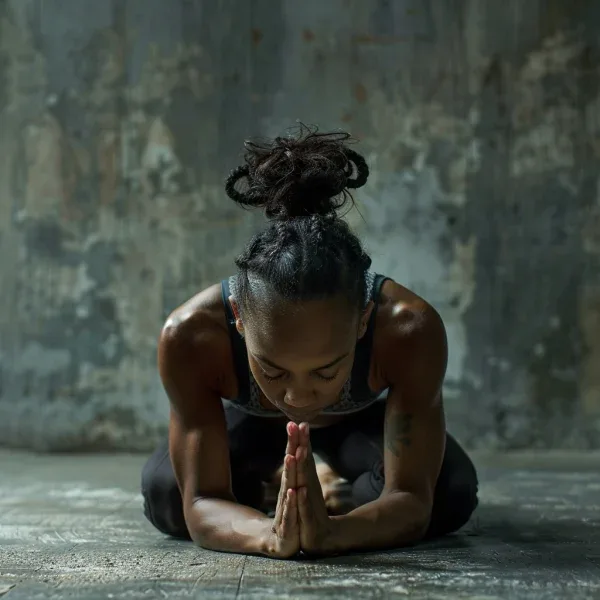by Clarissa Hartley

Your pelvic floor serves as the cornerstone of your physical power and wellness, hence its routine workouts are critically essential. However, learning how to relax and release these muscles can be equally important. The more you can let go and relax, the more room you have for strength and wellness. This ability to switch between engagement and relaxation opens the door to extended benefits, especially for women who indulge in intensive training.
Contrary to popular notions, tight muscles and strong muscles are not interchangeable terms. Let’s visualize our body as a well-integrated system rather than a collection of separate machines. It’s crucial to build a good rapport with your body, raising your awareness of your pelvic floor and understanding how and when to relax it. Interpreting this talk can help tackle some common pelvic discomforts like lower back and buttock pain, incontinence, and even distressing intercourse – all signs of a too-tight pelvic floor. Below, we share a roundup of tangible strategies to help you mindfully relax and unleash the power of your pelvic floor.
Technology has indeed offered some aid in pelvic care in the form of convenient workout apps, yoga tailored to pelvic floor care, and gadgets like personal pelvic trainers. However, it’s crucial to remember that you don’t necessarily need external tools to care for yourself effectively. In fact, soft skills like regular meditation, deep diaphragmatic breathing, and committing to self-love practices can work wonders for your pelvic health. These actions pave the way for wholesome body and mind relaxation while subtly relaxing the pelvic floor muscles.
If you’re new to the world of pelvic care, here are eleven proven practices to help get you started:
- Start with a mirror examination that helps you identify your pelvic muscles and guides you towards conscious relaxation.
- Indulge in pelvic relaxing yoga poses like the deep squat, child’s pose, and happy baby pose.
- Sitting is a silent enemy to your pelvic health. Ensure to take breaks for small stretches every hour.
- Create a personal meditation routine consisting of 10-20 minutes of mindful breathing and deep relaxation.
- Breathing exercises, particularly belly or diaphragmatic breathing, can be a lifesaver for your pelvic health.
- Deep squats can be made a fun part of your routine for glutes strengthening and pelvic relaxation.
- Use mind-guided visualization techniques to imagine a relaxation aura around your pelvic area, enhancing comfort and fluidity.
- Cultivate body positivity by loving and accepting your body. Abandon unrealistic beauty and wellness standards imposed by society.
- Correct posture during lavatory breaks can alleviate the unnecessary strain on your pelvic floor.
- Adopt belly dancing or hula as a fun addition to your routine which inadvertently benefits your core and pelvic health.
- Engage in some ‘me time’ to explore your body and activate pelvic floor muscles. It’s a powerful method of self-appreciation and discovery.
With these tips and tricks at your disposal, you have the power to transform your understanding of pelvic health. Remember, your pelvic floor is entwined with the rest of your body – the more you nurture it, the more your overall health flourishes.
Pelvic floor relaxation, oral care, body positivity, pelvic health, fitness
Leave a Reply